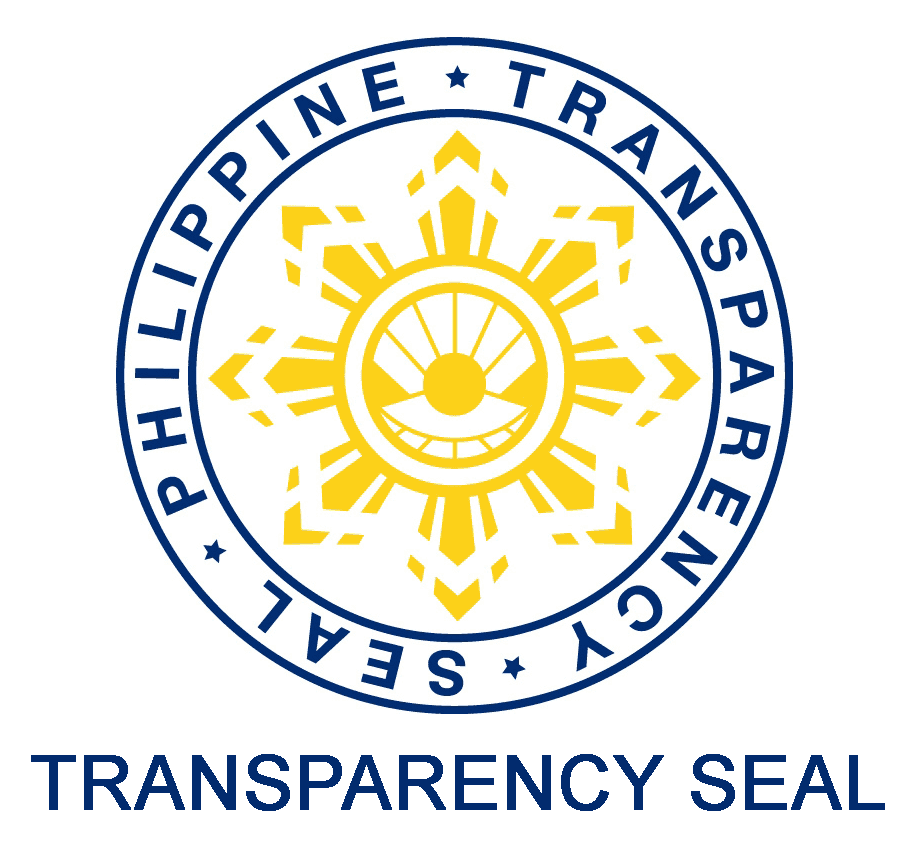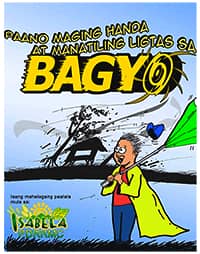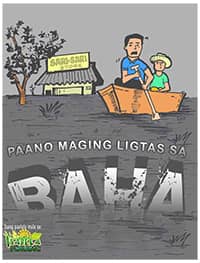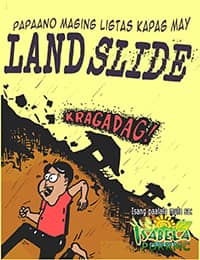Geography
![]()
Isabela, the second largest among the Philippines’ 80 provinces, is located on the northeastern seaboard of the island of Luzon – the biggest among the 7,107 islands comprising the Philippine archipelago.
With a total land area of 10,655 square kilometers comprising more the 3% of the Philippine territory and almost 40% of the Cagayan Valley region, Isabela is the largest province on Luzon Island. It is bounded on the north by Cagayan province; on the west by Kalinga, Mountain Province, and Ifugao; on the south by Nueva Vizcaya, Quirino, and Aurora; and on the east by the Philippine Sea and the Pacific Ocean.
 In terms of physiography, the province is divided into three distinct areas: Western, Eastern, and Coastal Isabela. All three are straddled by the majestic Sierra Madre Mountains, the longest mountain range in the Philippines. Isabela is home to one of the largest remaining rainforests in the world known as the Northern Sierra Madre Natural Park, a government reservation covering 3,590 square kilometers of terrestrial and marine ecosystems rich in genetic species and biodiversity. The park is considered among the global top ten biodiversity hotspots.
In terms of physiography, the province is divided into three distinct areas: Western, Eastern, and Coastal Isabela. All three are straddled by the majestic Sierra Madre Mountains, the longest mountain range in the Philippines. Isabela is home to one of the largest remaining rainforests in the world known as the Northern Sierra Madre Natural Park, a government reservation covering 3,590 square kilometers of terrestrial and marine ecosystems rich in genetic species and biodiversity. The park is considered among the global top ten biodiversity hotspots.
A fertile valley between the foothills of the Central Cordillera mountain range to the west and the Sierra Madre to the east, Western Isabela has flat and rolling terrain subdivided by several tributaries into smaller valleys and plains. Criss-crossing the area is the Cagayan River, the Philippines’ longest river.
Vast portions of Eastern Isabela are considered uncharted territory, characterized by thick forestlands and rugged terrain. These largely unexplored hinterlands contain a variety of still unnamed flora and fauna, with majority of the country’s endemic species represented in the protected area.
Separated from the rest of the province by the mountain peaks of the Sierra Madre, Coastal Isabela has 113-kilometer shoreline facing the world’s biggest ocean, the Pacific. Rich in untapped fisheries and aquatic resources, the bay area is dotted with small islands and white sand beaches.
Two types of climate are prevalent in the province. Both Eastern Isabela and Coastal Isabela experience moderate rainfall throughout the year, while Western Isabela has more pronounced wet and dry seasons.
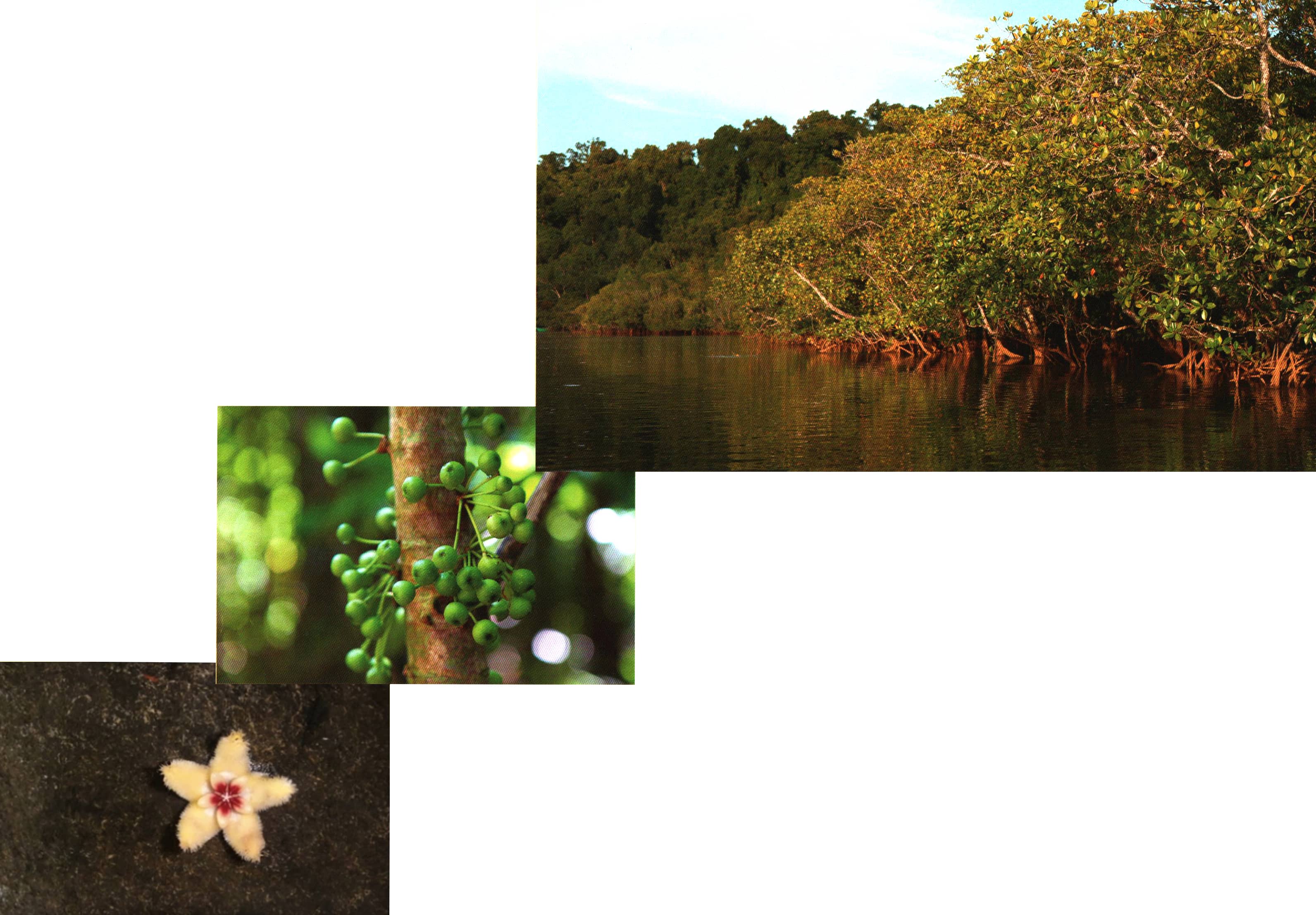
History & Culture
![]()
It is believed that the history of the province dates back over 25,999 years ago with a Stone-Age race of dark skinned kinky haired pygmies whose descendants, the Nomadic Aetas (Negritos), can still be found roaming the mountains and forests of Eastern Isabela today. The Indonesians arrived 5,000 years ago, followed by three waves of Malays between 200 BC and 1,500 AD. These pagan ancestors of the Ibanags, Gaddangs, Yogads, Kalingas and other original tribes of the Valley built a civilization based on corn agriculture and organized around the fundamental political unit, the barangay.
The Spaniards arrived in the late 16th and early 17th centuries and introduced Christianity, encomienda (forerunner of the municipality) and tobacco monopoly. Spanish rule was extremely oppressive so that the natives rose in revolt on several occasions, most notably in the 18th century under the leadership of Dabo and Marayag.
A new wave of inmigration began in the late 19th century and early 20th century with the arrival of the Ilocanos who came in large numbers. They now constituted the largest group in the province. Other ethnic groups followed and Isabela became the “melting pot of the north”.
The formal history of the province dates back on May 1, 1856, when by a Royal Decree, Isabela was carved from the existing provinces of Cagayan and Nueva Vizcaya with the town of Ilagan as its capital. The new province was named in honor of “Her Royal Highness Queen Isabela II” of Spain at the time when Urbiztondo was the Governor-General of the Philippines.
Although the province did not play a major role in the revolt against Spain, it was in Palanan where the final pages of the Philippine Revolution was written when the American forces led by General Funston finally captured General Emilio Aguinaldo in that frontier town, on March 23, 1901.
The Americans built schools and other infrastructure and instituted changes in the overall political system. The province’s economy, however, remained primarily agricultural with rice replacing corn and tobacco as the dominant crop. The Second World War turned back the province’s growth and economy but it recovered dramatically through the concerted efforts of its people and officials.
Today, Isabela is the premier province of the north and one of the most progressive in the country.
![]()
The influx of Ilocanos into Isabela have made them the great majority of the province's resident population. Ibanags compose the second largest ethnoliguistic group and are concentrated int the municipalities of Cabagan, Tumauini and Ilagan. Gaddangs and Yogads are scattered among the western and central lowlands, while Agtas and various other Negrito groups live in the Sierra Mountains. Tagalogs live in the coastal enclave of Palanan. Most of the lowland groups are integrated into the mainstream of Filipino culture and are indistinguishable except for their language. Ilocano is the common language understood and used in the province.
Despite the assimilation of most of Isabela's people into the mainstream of Philippine culture, some ethnic artistic expressions have survived until today. Ibanag literary traditions have survived in the form of old songs, proverbs and poems that are still sung today, accompanied by indigenous musical instruments. These instruments produce both melancholy as well as martial tunes, reinforcing the cadence and theme of the spoken word. The oral traditions of the ononi, the berso, and the pabattang excellently convey folklore and ethnic values of the Ibanags. The Yogads, on the other hand, continue to produce and use the butting, a unique guitar. It is a bamboo bow using tukmoy fibers as strings.
Vision, Mission
![]()
|
Vision |
|
A Provincial Local Government Unit reputed for operating under an unyielding system of courtesy, competence, transparency, and accountability, and distinguished in the delivery of public service for its sincerity, compassion, and sustained level of disaster preparedness, climate change adaptability, and responsiveness.
|
|
Mission |
|
To establish an institution of integrity by delivering excellent public service through a courteous, skilled, and compassionate workforce that adheres to the rule of Law, possesses moral courage, ensures a sustained state of disaster preparedness, climate change adaptability, and responsiveness, and promotes the values of mutual support and cooperation as means to the attainment of a prosperous future for all Isabeleños.
|
|
Mandate |
|
It is the mandate of the Provincial Government of Isabela to deliver at all cost and in accordance with the governing principles of integrity, responsiveness, accountability, and transparency, basic service to the Isabela constituency, as well as increase their access to the same and ensure that all marginalized and special sectors may partake of all the fruits of development and benefit from plans, programs, and projects that espouse participatory governance and safeguard law and order, social protection, environment management, disaster preparedness, and economic sustainability.
|
Vision, Mission, Mandate
Vision and Mission
|
Vision |
|
A Provincial Local Government Unit reputed for operating under an unyielding system of courtesy, competence, transparency, and accountability, and distinguished in the delivery of public service for its responsiveness, sincerity, and compassion.
|
|
Mission |
|
To establish an institution of integrity by delivering excellent public service through a courteous, skilled, and compassionate workforce that adheres to the rule of Law, possesses moral courage, and promotes the cooperation as means to the attainment of a brighter future for all Isabeliños.
|
|
Mandate |
|
The Provincial Government of Isabela is mandated to provide the delivery of basic services to its constituents with utmost commitment, dedication and transparency for good governance. It also commits to respond to the call as well as abide by the spirit of the Local Government Code where the Local Chief Executive is mandated to address the needs of its constituency with excellence as the sole standard in the performance of executive functions.
|
Quick Facts
![]()
|
Capital |
Ilagan |
|
No. of City/Towns |
3 Cities 34 Municipalities |
|
No. of Barangays |
1,055 |
|
Land Area |
1,066,456 has. |
|
Climate |
Relatively wet from May to Oct. Relatively dry from Nov. to April |
|
Population (CY 2020) |
1,697,050 |
|
Number of Households (CY 2020) |
422,670 |
|
Average Annual Population Growth Rate (2015-2020) |
1.33% |
|
Average Household Size (CY 2020) |
4.3 |
|
Registered Voter (2022) |
1,112,858 |
|
No. of Barangays |
1,055 |
|
Language / Dialect |
Ilokano, Tagalog, Ibanag, Yogad, Gaddang |
|
Income Classification |
1st Class |
|
Total Revenue - IRA (2022) |
P 4,814,028,153.00 |
|
Labor Force Participation Rate (2022 LFS) |
62.8 (Region 02) |
|
Employment Rate (2022 LFS) |
95.60 (Region 02) |
|
Underemployment Rate (2022 LFS) |
18.8 (Region 02) |
|
Unemployment Rate (2022 LFS) |
4.40 (Region 02) |
|
Basic Literacy Rate (2019 FL) Functional Literacy Rate |
94.3% (Region 02) 93.0% (Region 02) |
Salient Features of the Province
|
Second largest Province in the Philippines |
|
Strategic location between the part of Cagayan Economic Zone and the National Capital Center of the country – Metro Manila |
|
Productive Forest Land & Watershed Areas |
|
Hybrid Corn & Rice Champion of the Philippines |
|
Home of Magat Dam, a major source of power and water supply of the Northern Luzon |
|
Home to the biggest corn processing facility in South East Asia |
Government Structure2
Government Structure
Thirty-four municipalities and three cities constitute the province of Isabela, which has four legislative districts and 1,055 barangays.
The Provincial Governor is the Chief Executive of Isabela, with the Vice Governor as the Deputy Chief Executive. Provincial laws are enacted by the Sangguniang Panlalawigan, made up of ten Regular Members elected by district, and three Ex-officio Members and two Sectoral Representatives.
Isabela is represented in the Congress of the Philippines by four Representatives. Each municipality or city is governed by a Mayor, a Vice Mayor, and varying number of Councilors who are members of the Sangguniang Bayan (for the 35 municipalities) or the Sangguniang Panlungsod (for the cities of Cauayan and Santiago). All elected officials in the provincial, municipal, and city levels serve a term of three years, with a maximum of three consecutive terms for each. They share the common aspiration of putting the Province of Isabela in the global map as a major agro-industrial and tourism hub in the Pacific.
